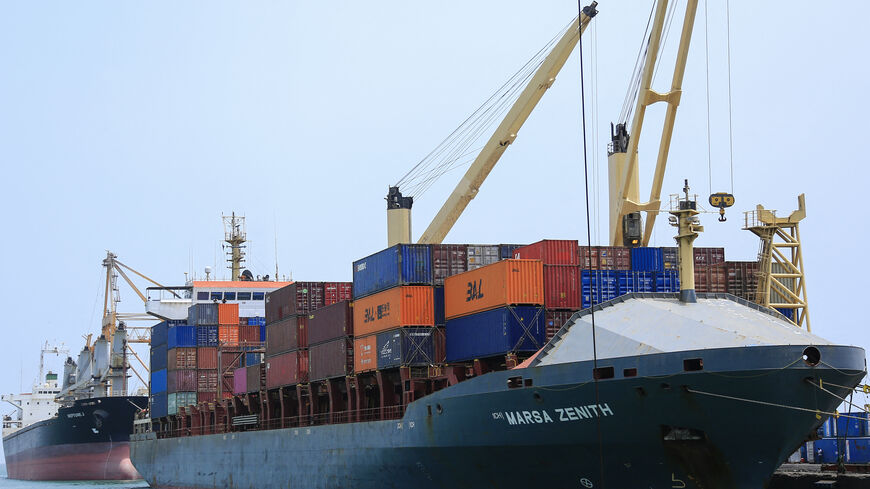What we know on Houthis' latest Ghadr anti-ship Iranian ballistic missile
Iran's Islamic Revolutionary Guard Corps said on Wednesday that the Yemeni militant group has obtained the technology to manufacture anti-ship ballistic missiles.

Iran said on Wednesday that the Houthi rebels in Yemen have obtained the technology to produce the Islamic Republic's Ghadr ballistic missile, a development that could heighten the group’s capabilities to strike ships in the Red Sea amid new attacks this week.
The semi-official Tasnim news agency reported that the Houthis have developed a missile known as Muhit that is capable of hitting naval targets. The Muhit is "patterned after" Iran's Ghadr missile, according to the report.
The agency, which is affiliated with Iran’s Islamic Revolutionary Guard Corps, did not specify whether Iran provided the Houthis the technology for the missile, saying only that the group was "inspired" by Tehran.
“Inspired by Iran, the Yemeni military forces have obtained the technology to manufacture anti-ship ballistic missiles,” reported Tasnim.
The Ghadr is an intermediate-range ballistic missile developed by Iran. It has a range of 1,600 to 1,950 kilometers (995 to 1,210 miles) and was unveiled in 2007, according to the Center for Strategic and International Studies’ Missile Defense Project. Tasnim described the Ghadr as Iran’s first homegrown naval ballistic missile.
Iran is a major supporter of the Houthi rebels in Yemen. Tehran has denied directly arming the group, but has been implicated in weapons transfers. The US military's Central Command said that it seized two Iranian weapons shipments bound for the Houthis in January.
Houthi attacks
The Houthis have targeted international ships in the Red Sea for years, but significantly escalated the attacks since the start of the Gaza war. The group claims the ships are connected to Israel, though many of the targeted vessels have no known affiliation with the country.
Houthi spokesperson Yahya Saree announced on Wednesday that the group recently targeted the Laax, Morea and Sealady ships with naval and ballistic missiles as well as drones in the Red Sea, according to the group’s Saba news outlet. The report did not specifically mention the Ghadr missile.
Reuters reported that the Marshall Islands-flagged, Greek-owned Laax was hit by five missiles fired from Yemen on Tuesday. There were no casualties and the ship continued on its course. Laax’s security company LSS-SAPU told the outlet that the owner has no connections to Israel or the United States.
Morea flies the flag of Malta and was bound for the Indian port of Paradeep. Sealady is likewise Maltese-flagged and was headed to Bangladesh’s Chittagong, according to the MarineTraffic tracking site.
Saraee also claimed the Houthis fired drones and missiles at the Alba and Maersk Hartford in the Arabian Sea, describing the ships as American. The US-flagged Maersk Hartford is bound for Jebel Ali near Dubai, while Alba flies the flag of the Bahamas and is en route to China’s Guangzhou, according to MarineTraffic.
Saraee added that the Houthis targeted the Minerva Antonia in the Mediterranean with winged missiles. The ship flies the Greek flag and arrived in the Suez Canal on Tuesday, having originated in Russia’s Novorossiysk, per MarineTraffic.
A large arsenal
The Houthis have a variety of weapons at their disposal, including both ballistic and cruise missiles as well as attack drones. In March, the Houthis hit Israeli territory with a cruise missile for the first time.
The Pentagon said earlier this month that the Houthis have weapons that can reach the Mediterranean Sea.








